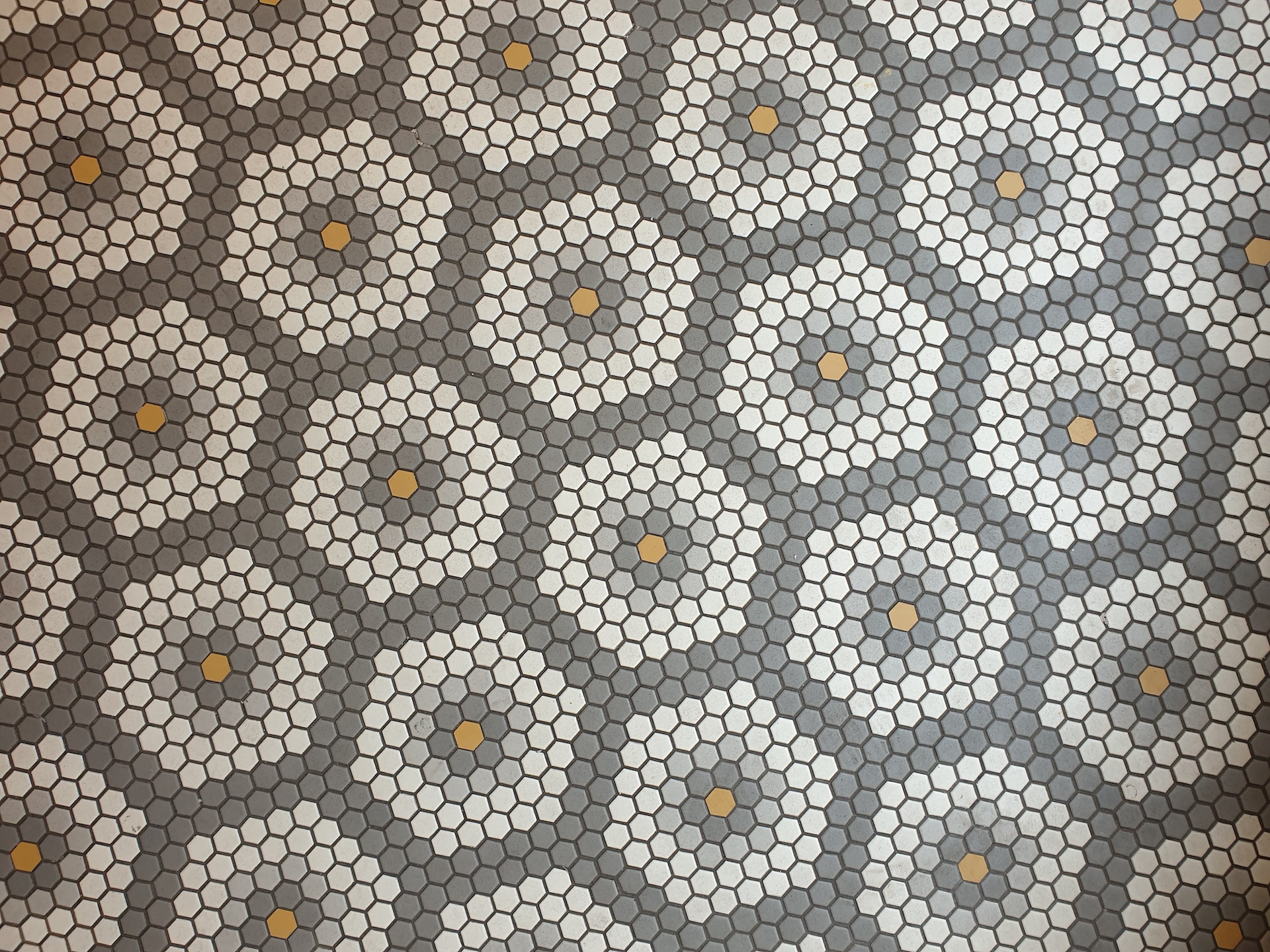
The Art of Mosaic Floors and Glass Floor Installations – Can Floors Be an Object of Art?
Whether it’s floor leveling in Vancouver or installing mosaic tile, the surfaces we walk on deserve more attention. Floors are often overlooked as we stride across them day after day. But artistic mosaic tile floors and illuminated glass floors transform the spaces we walk on into breathtaking works of art underfoot. The intricate craftsmanship involved in installing these floors elevates them from utilitarian to artistic creations, even in Vancouver or any other part of Canada.
History and Origins of Mosaic and Glass Floors
The use of mosaic and tile floors first flourished in ancient Rome, Greece and among medieval Middle Eastern civilizations. Tiny tiles and stones were painstakingly assembled into stunning patterns and images of religious, cultural or aesthetic significance. This tradition later spread across Europe, with mosaic floors becoming integral architectural elements of medieval cathedrals, palaces, and mosques. More modern applications have brought this ancient floor art form into contemporary homes, offices, hotels and public spaces around the world.
Craftsmanship and Technique of Mosaic Floors
Creating a mosaic floor begins with thoughtful material selection – tiles, glass, stone, and other media are chosen to enact the design. Mosaic tiles get embedded in cement or mortar subfloors, allowing precise placement of the materials. The mosaic artist must have a complex pattern or design mapped out before starting the meticulous installation, including steps like:
- Cutting and fitting the tiles closely together
- Grouting the installation for stability
- Spending weeks or months installing elaborate floors by hand
Yet these artisanal techniques have endured for centuries, a testament to the skill and care required for mosaic floor artistry.
Unique Qualities of Glass Floors
Glass floors offer their own modern twist, incorporating illuminated or transparent glass into stunning floor vistas. Thin layers of strong glass can be installed over LED lighting, causing the floor to glitter and glow. Sections of glass tiles can also alternate with stone tiles in abstract patterns. Some glass floors embed intricate glass sculpture accents or found objects to become works of art underfoot. Cutting edge “river” glass floors use thick, tempered glass panels to create a flowing water or ice effect. The seamless installations range from clear to frosted or tinted glass.
Examples of Striking Mosaic and Glass Floors
Legendary examples persist across the centuries, from historic sites like cathedrals, mosques, and palaces featuring mosaic floors to modern installations in contemporary homes, offices, and public spaces. These floors showcase:
- Artistic use of color, shape, and materials
- Custom designs that completely transform spaces
Some specific examples include the 5th century mosaics of Ravenna, Italy and the 20,000 square feet of mosaic floors in India’s Ranakpur Jain Temple completed in 1439. In Turin, the tree of life motif gracing the Cathedral of St. John the Baptist took over 60 artisans to complete. These diverse floors demonstrate how creativity and skill can turn spaces into enduring art.
Artistic Impact and Aesthetic Value
Beyond their beauty, mosaic and glass art floors have profound artistic impact and aesthetic value including:
- Texture, depth, and visual interest underfoot
- Craftsmanship on display as a functional art form
- Ability to match creative visions or patterns
- Making bold statements about luxury, beauty, and uniqueness
The intricate artistry transforms the floor into far more than a utilitarian surface. The artistic possibilities are endless, with any pattern, shape, color, or material able to be adapted into a custom mosaic design. As an artistic medium, these floors can make personal statements and cement specific decorative styles.
Conclusion
Overall, the legacy of mosaic and glass art floors confirms that flooring can ascend to the level of fine art. The artisanship involved, the intricacy of design, and the meaning imparted turn these floors into something beyond functional building materials. Their beauty underlines how walking across a work of art can be part of our daily lives and spaces. This ancient floor medium continues to inspire modern interpretations and artistic innovation. Mosaic and glass floors assert that what we tread upon can also be what we admire.